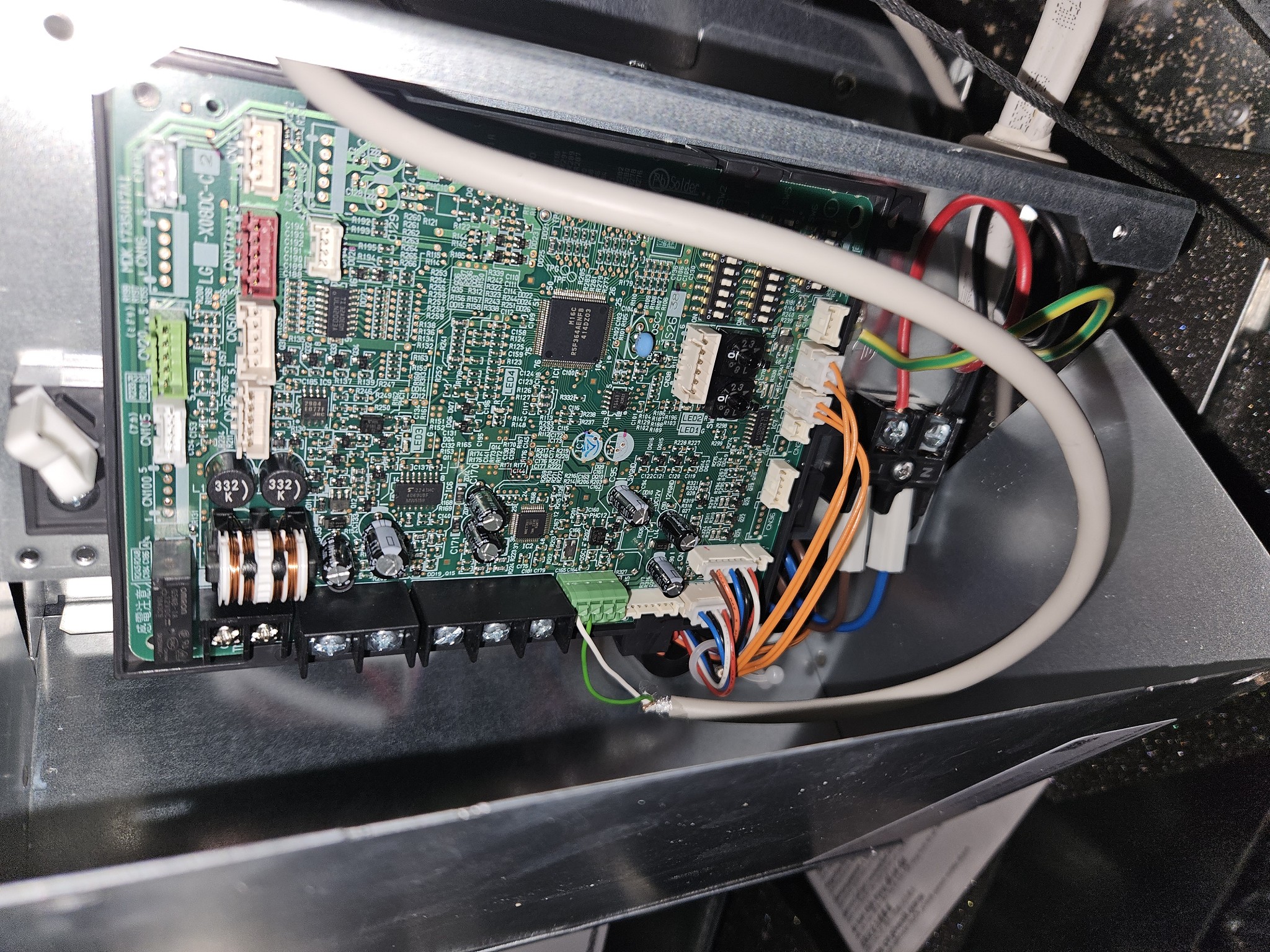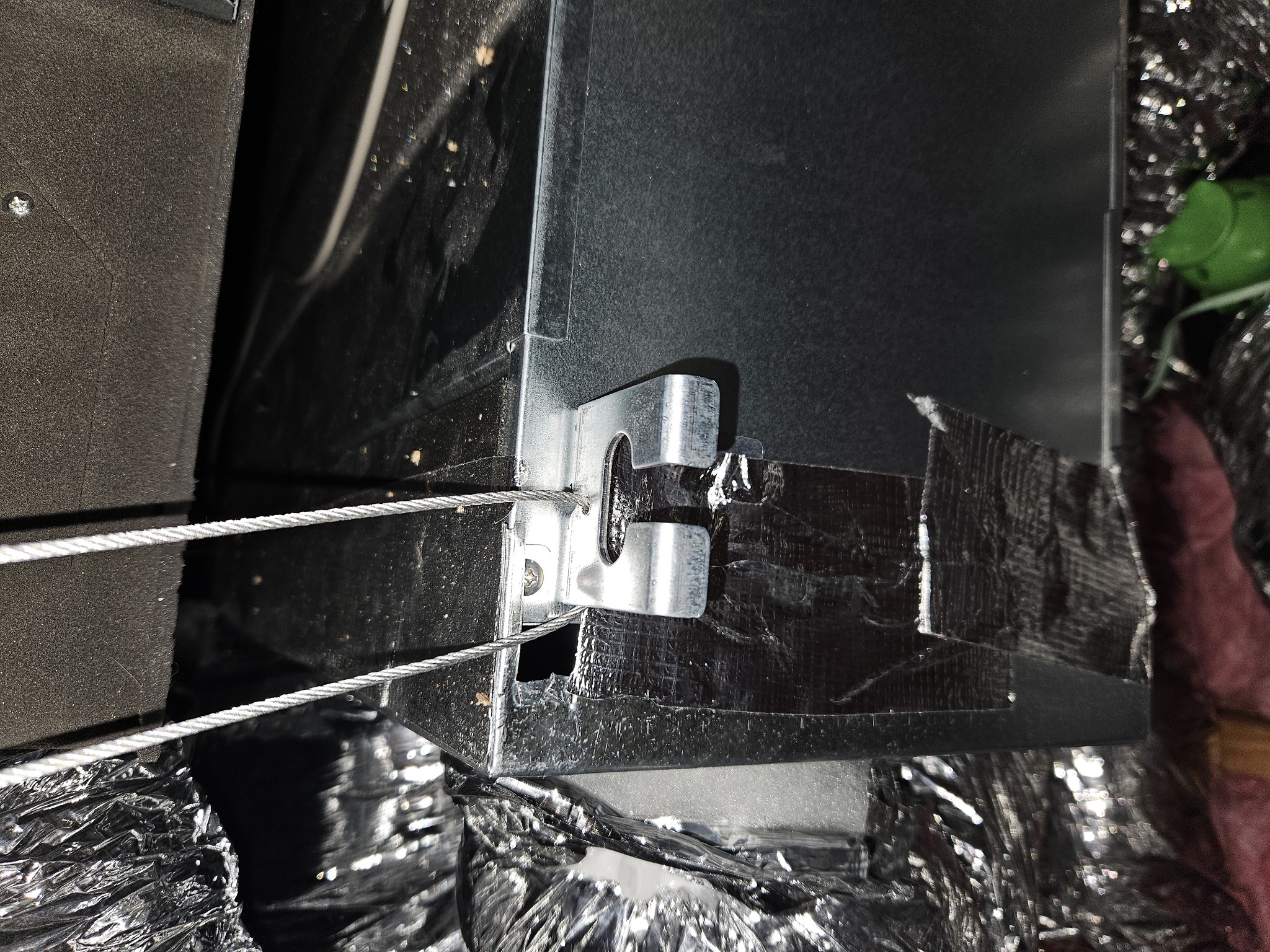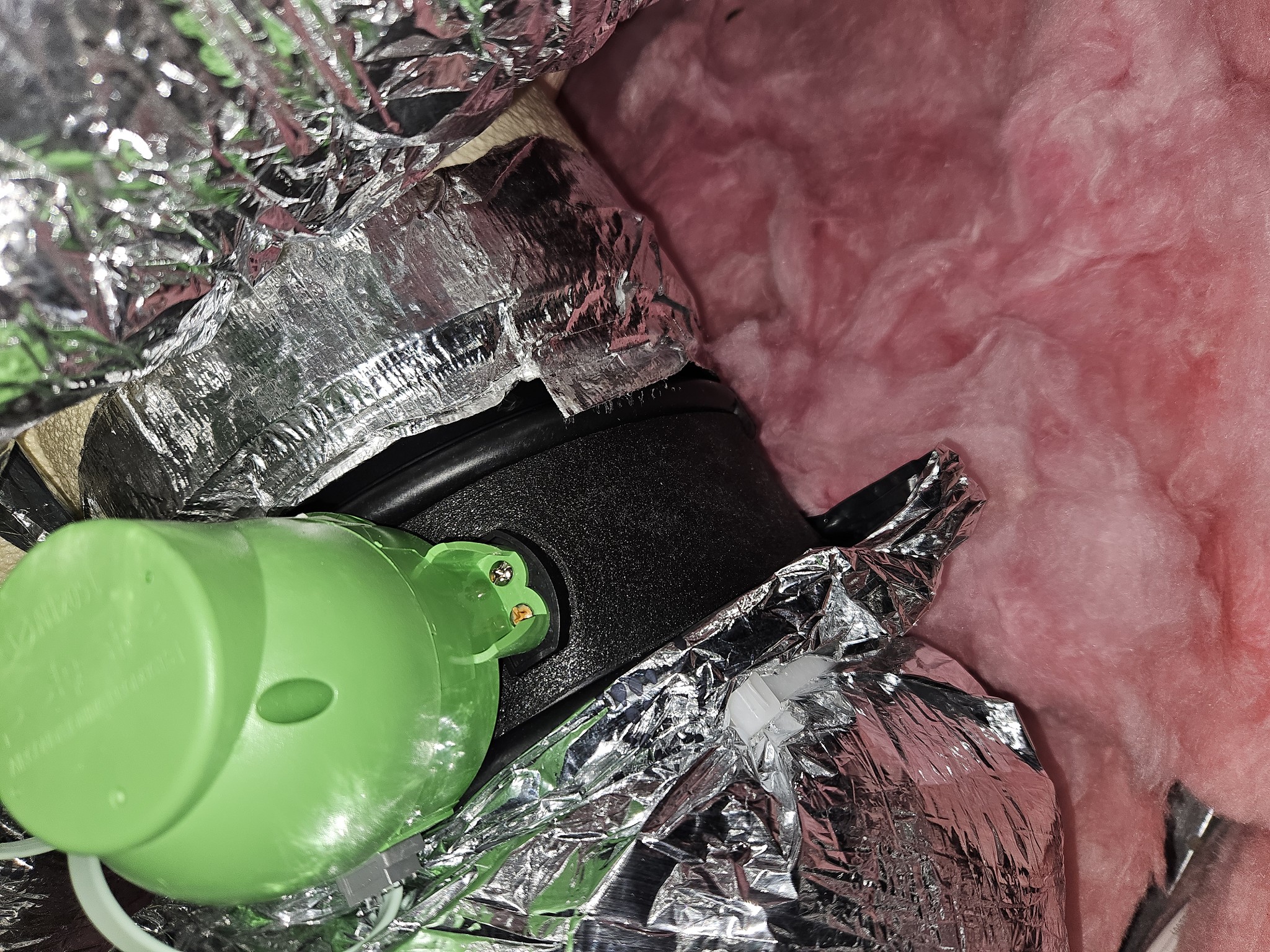|
|
|
AlDrag:
They indeed didn't give it enough coolant. The system is rated for 7m, as pointed out by tweake. They calculated the pipe is about 10m, so they added 70grams of coolant. I don't know if that would make much of a difference? But I guess we will find out. They incorrectly assumed that the Mitsubishi was precharged for 15m like Panasonic (seems most installers in Auckland focus on Panasonic. Must be a good rebate).
They wanted to max out the static pressure as well. I luckily told them to hold off on that for now to see if these are other 2 variables make a big difference. After hearing from you guys and reading about increasing static pressure, it seems like a bad idea in all but the rare cases. The installer even stated the airflow currently is already really good, so idk why they wanted to increase it.
I also enquired about getting the Lossnay controller installed separately. As it would be nice to be able to adjust those settings myself. Like being able to adjust the bypass damper etc. Not sure if this is a good idea though, maybe it'll interfere with the heatpump? As I think even with native Mitsubishi, if you couple the lossnay with a heatpump, they replace the Lossnay controller with a single heatpump controller?
Installer seems to think it's fine though. He's gonna look into it.
I do still want to take a look at the dip switches though and get a picture from the Lossnay.
So fingers crossed these variables make a big difference.
The main annoyance that's still unresolved for me is the fact the Lossnay is useless at night. If it's colder outside, it'd be nice to bring that coldness inside without having to use A/C...but it just heats up the room instead.
even the Panasonics vary in the precharge, which is why they should always check the spec sheet. i have a couple panasonics that are 7m or so.
airflow is king, however there is some downsides to high pressure.
when i get some time i will look at the manuals again. not sure if that model uses the dip switches or programmed via the controller. not 100% if you can do all the programming via the heat pump controller.
from what i seen so far it looks like bypass damper comes on at a very low temp. i suspect stock setup may well be for places that get very hot days with very cold nights. also keep in mind humidity will come in if you use the bypass.
Finally got a picture of the control box for the Lossnay!

AlDrag:
@timmmay does your Airtouch turn off the heatpump system when all dampers are closed and set point has been reached?
Mine doesn't. Maybe that's normal for airtouch though...
Define "off". Does the Airtouch turn everything off so it never starts up again? No, that wouldn't be useful. But in heating mode once it reaches the set heat it stops heating, and I had the installer configure the heat pump to turn off the air circulation. In cooling mode once it reaches setpoint it turns off the cooling but the air circulation stops - i'm looking to see if I can disable air circulation in this case as well. I'm talking to someone about that in the next couple of days.
This configuration is in the heat pump, not the Airtouch.
timmmay:Define "off". Does the Airtouch turn everything off so it never starts up again? No, that wouldn't be useful. But in heating mode once it reaches the set heat it stops heating, and I had the installer configure the heat pump to turn off the air circulation. In cooling mode once it reaches setpoint it turns off the cooling but the air circulation stops - i'm looking to see if I can disable air circulation in this case as well. I'm talking to someone about that in the next couple of days.
This configuration is in the heat pump, not the Airtouch.
Odd problem. You really need to get your installer onto this.
Is this gap normal? It's on the heatpump unit, where the Lossnay unit fresh air is coming into I think. Maybe totally normal...

AlDrag:
Is this gap normal? It's on the heatpump unit, where the Lossnay unit fresh air is coming into I think. Maybe totally normal...
nope that should be taped up like the rest of it.
tweake:
nope that should be taped up like the rest of it.
Ffs. So this would be sucking in hot air from the attic into the fresh air duct?
AlDrag:
Ffs. So this would be sucking in hot air from the attic into the fresh air duct?
possibly. or leaking fresh air out, which is just as bad.
next time your up there put a bit of toilet paper near the hole and see if its sucking in or blowing out. then tape it up.
Ok I don't think I can feel any pressure difference on that hole, so maybe no problems...
I felt lots of air at my waist though and was wondering where it was coming from, then I found one of the room's dampers is leaking.......
Sorry for keeping this thread going with all my problems, but it's really helpful having your guys knowledge to determine if things are done right or not.
Does this ducting look like it's done properly? I don't know anything about attaching ducting, but this seems like a poor amount of tape?! It's leaking at the right where the tape has given way.

whats the damper fitting into? the damper looks like its a tad smaller diameter. it looks like they are filling a big gap with the tape.
the hole, bit of duct tape will fix that. i would fix it asap. thats probably the return side so once filter clogs up its probably going to be sucking dirty hot air in.
|
|
|
